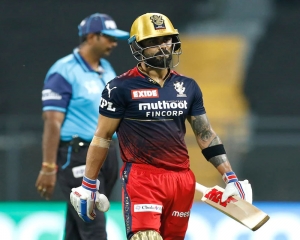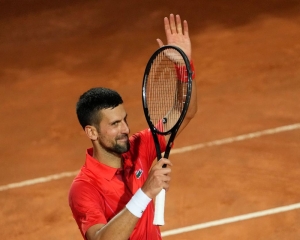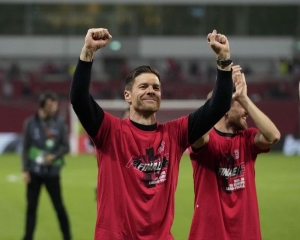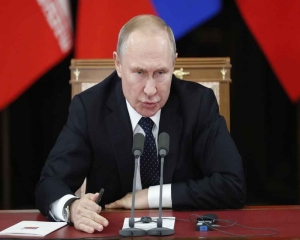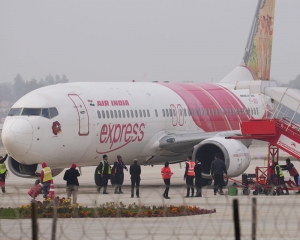The perilous circumstances faced by women in conflict zones cannot be overstated, especially during the ongoing Gaza turmoil
Once a UN Peacekeeping Commander observed that ‘it has probably become more dangerous to be a woman than a soldier in an armed conflict’. The current situation in Gaza amply proves it, as the death toll rises above 25,000, and more than 17, 000 women and children lost their lives (January 24). Almost two mothers die every hour. It is indeed a place where ‘womanhood is denied’, rued a Palestine-based civil society organisation (MIFTAH). The UNICEF, called it the ‘most dangerous place to be a child’, when over 1.1 million children are threatened by conflict, malnutrition, and diseases.
While, the prolonged war in Ukraine since 2022, has raised the number of refugees to 5.6 million, and internal displacement (IDP) to about 7.7 million, 60% of whom are women (UN). Many studies on peace and warfare contend that any conflict, civil or armed, is ‘gendered’, which affects women and men in starkly different ways. Researchers have said that in a situation of unrest when political structures and economic systems break down, it heightens women’s vulnerability, reinforces existing inequalities and places women and girls at high risk for gender-based violence (GBV) (Oxfam, Bushra and Lopez 1994 et al). The Nobel Peace Prize Laureate, Denis Mukwege, lamented that ‘we are far away from drawing a red line against the use of sexual violence in war and conflict, and GBV is still a weapon of war’.
While, social scientists expressed concern that in conflict zones, sexual offences against women are often ‘trivialised’, and a heinous crime like rape is normalised as an ‘inevitable outcome of war’. The UN’s 2022 report on sexual violence in conflict zones said that ‘sexual violence is used as a tactic to dehumanise and displace populations’. Even in post-war situations, when there is the apparent absence of violence or negative security, the culture of violence against women doesn’t end or bring in positive peace, and ‘it continues and even increases after men return from the battlefield’ (Turshen and Twagiramariya 1998). A three-country study in post-conflict Iraq, in conflict-ridden Occupied Palestinian Territory, and Yemen, an area of open conflict, found that women and girls, in all such calamitous situations, face ‘deep gender inequalities and all-out adverse impacts’.
Women also bear the brunt of huge internal displacement ((IDP) in the wake of conflict and violence. In 2020, at least 21 million women and girls were uprooted within their countries, two-thirds of them were from Africa and the Middle East. In South Asia, women make up 42 to 52 per cent of refugees. Nearly one million women have been displaced since the war began in October in Gaza.
In the post-conflict situation, ‘women experience greater impoverishment, being the first to be laid off in wage employment in the public sector, which has led to the feminisation of the informal sector’, disclosed a study. The lack of essential services such as health care, including sexual and reproductive health services, also makes them more vulnerable to unplanned pregnancy, maternal mortality and morbidity, sexual and reproductive injuries and sexually transmitted infections. While girls face obstacles in accessing education.
The UN’s ‘women, peace and security’, report, 2023, said that ‘more than 600 million women and girls lived in conflict-affected countries in 2022, a 50 per cent increase since 2017’. Even, the political violence targeting women increased by 50 per cent in conflict-affected countries (2020 - 2022). While, civil conflicts have more than doubled, from 30 in 2001 to 70 in 2016, mostly in least developed countries. When the world needs greater humanitarian aid more than ever before, the global military spending rose to USD 2.2 trillion in 2022, and this diversification of priorities ‘is setting back both gender equality and global peace’, rued the UN Women.
Many feminists argued that in conflict and post-conflict scenarios, a gender perspective must be integrated into the reconstruction and redevelopment plans. So far, ‘male norms and behaviours have been taken as the human norm’ (Skelsbaek and Smith 2001:1). The application of international humanitarian law also requires an understanding of the gendered harms caused by armed conflict.In terms of the longevity of a peace agreement, women’s participation increases it to at least two years( 20%), and 15 years ( 35 %), and also makes it 64% less likely to fail. Yet, women’s participation in formal peace processes (1992-2019), on average, was just 13 per cent as negotiators, 6 per cent as mediators, and 6 per cent as signatories in major peace processes. In active United Nations–led or co-led peace processes, in 2022, it was 16%, going down from 19 per cent in 2021 and 23 per cent in 2020. While, in 2022, only 6 out of 18 peace agreements (33 per cent) included provisions referencing women, girls, and gender, and they are plateauing between 20 to 35 per cent each year. Now, when the world is on the verge of more turmoil and discord, greater and meaningful participation of women is critical for broadening the perspective on conflict management, more inclusive political resolutions, and effective peace-building strategies.
(The author is former Director General, Doordarshan and All India Radio, views are personal)













